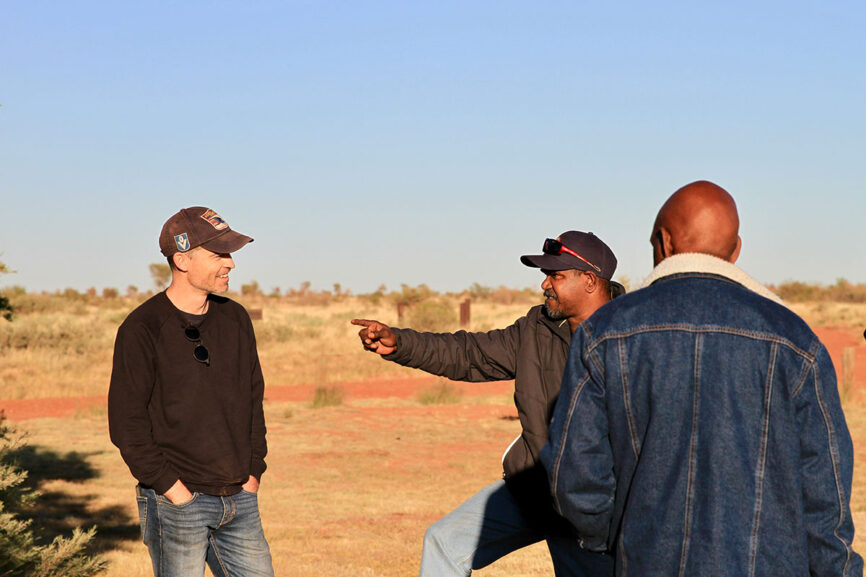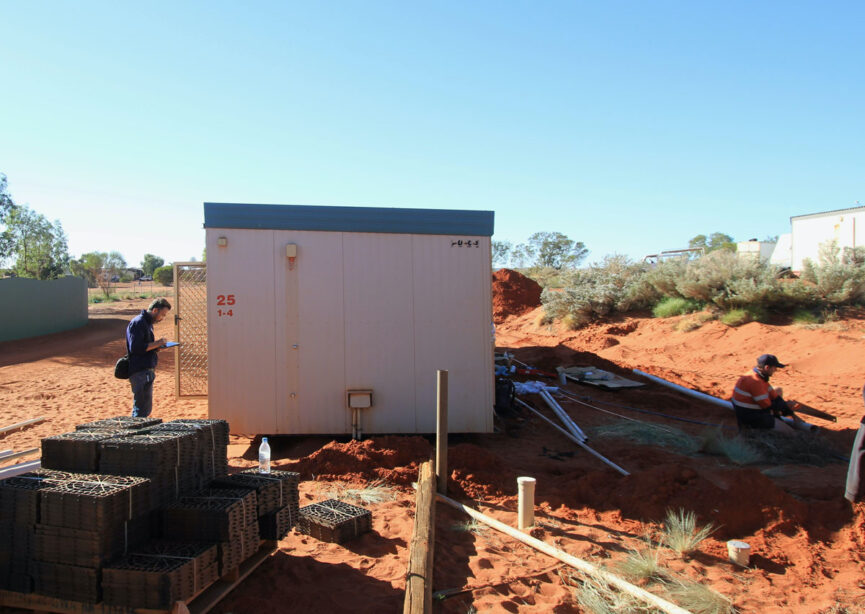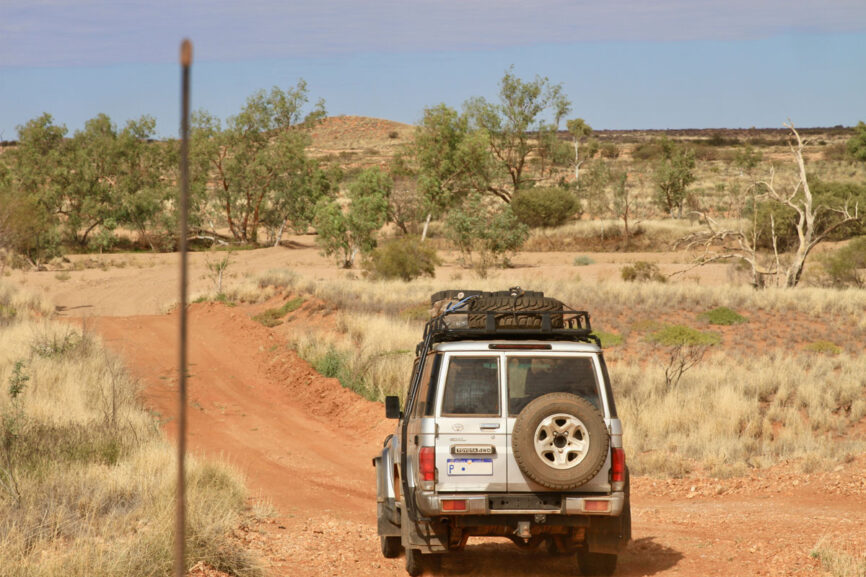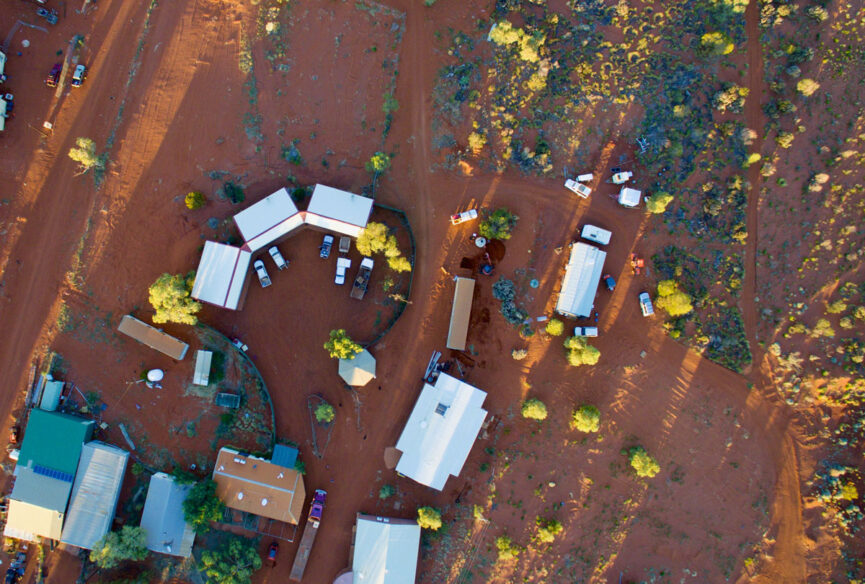
Western Desert Lands Emergency Isolation Project
Martu are an Australian Aboriginal people of the Western Desert. Their lands include the Percival Lakes and Pilbara regions in Western Australia. Martu means ‘one of us’, or ‘person’. Traditional Martu language is called Martu Wangka, a Western Desert Language. The majority of Martu are bilingual, with English as their second language.
On behalf of the Martu people, the Western Desert Lands Aboriginal Corporation (Jamukurnu-yapalikunu/JYAC) hold native title rights and interests, including the right to exclusive use, occupation and possession of 136,000 square kilometres of land within the Central Western Desert region.
Today, approximately 2500 Martu live in and around their determination area including within their established communities at Jigalong, Punmu, Parnngurr (Cotton Creek) and Kunawarritji (Well 33).
WDLAC engaged TF.A to manage the installation of 10 temporary accommodation units (ex-mine site ‘dongas) across 6 communities in the East Pilbara – Strelley, Warralong, Kiwirrkurra, Kunawarritji, Parnngurr and Punmu.
These units are intended to assist communities respond to COVID-19, reduce the impact of increased housing occupation (due to people returning to Country from other settlements) and allow for individuals to isolate within community, rather than be evacuated to other accommodation.
What did we do?
TF.A visited each community and met with community managers and representatives to determine the location, use and ongoing operation of the units.
Many of the communities are located in areas of National Park or on Crown Land and thus required flexible approaches to planning and statutory approvals. T.FA worked with a range of agencies – including the Department of Planning, Lands and Heritage, the Department of Biodiversity, Conservation and Attractions, the Shire of East Pilbara, the Department of Communities – to develop an approval and compliance framework for the units.
We consulted closely with community members and organisations to maximise the economic opportunity for refurbishment, installation and repairs for the units, along with identifying future uses to support community activity post-COVID.
What was our impact?
The units provide each community with an additional forty rooms to allow members to isolate should the need arise. Each unit has a bathroom and offers an effective way to reduce housing density and enhance healthy living practices. The State Government, through Lotterywest, has provided a $608,000 grant to support WDLAC deliver this important project.
We have incorporated our findings from this project into the Community Health Infrastructure Design Guide Notes that we have been developing in response to the COVID crisis.







